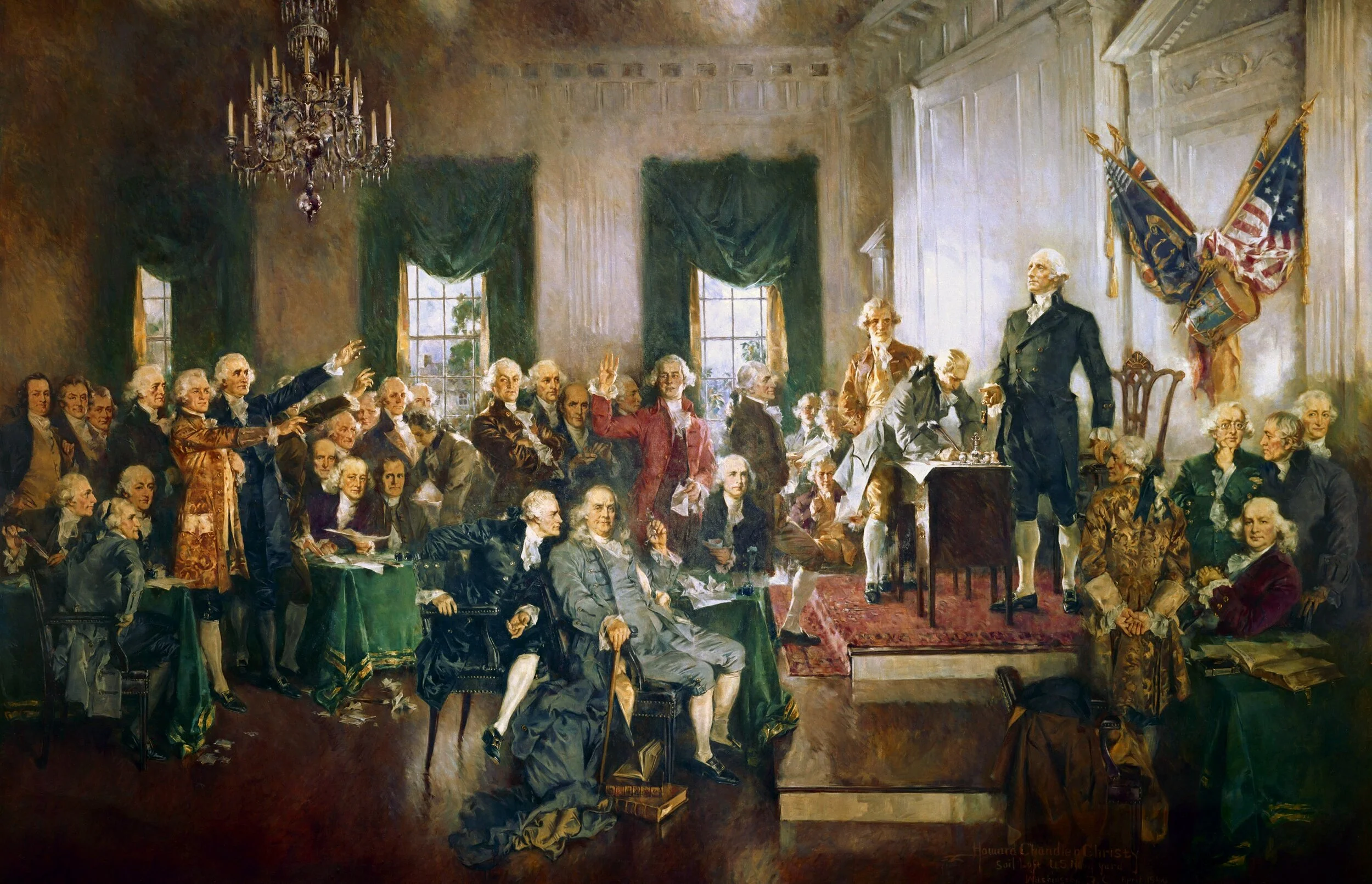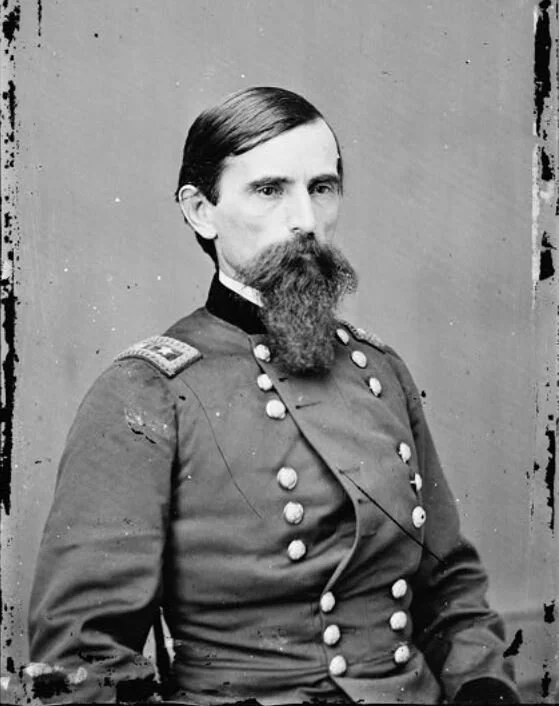Expert Error: Lew Wallace's March
/Bad information changes history. And bad information is often created by experts, and then perpetuated by other experts even after the truth is known. The American Civil War Battle of Shiloh provides an example.
Major General Lew Wallace
Lew Wallace was a Union general commanding about 9,000 men in that battle. Most history books tell that Wallace goofed up badly in the battle. Some sources say Wallace was confused. Others that he was inept, lethargic, or even insubordinate. At worst, Wallace is a tragi-comical joke. Every year, new books about the civil war and about the Shiloh battle are published, and most of them perpetuate this view.
There is ample evidence, though, that Wallace was neither confused or inept. Instead, he obeyed instructions promptly and marched his soldiers as directly as possible toward the battle. The evidence supporting Wallace’s good behavior comes from the most important contemporary sources, including commanding general US Grant himself. Yet history keeps repeating the false narrative.
What happened, in a few words
Before the battle, Wallace and his division were camped several miles away from the rest of the army, guarding supplies. The battle erupted early in the morning of April 6, 1862, and when Wallace received orders to join the battle, he set his forces on the road leading most directly to where he was supposed to go. While they were marching, the Union battle line shifted so that the road no longer lead to where Wallace needed to go. A rider from Union general US Grant came up and ordered Wallace to reverse direction and advance on a different road. This marching and counter-marching wasted nearly the whole day, and Wallace arrived with his army at the battlefield as the sun was going down.
Why it happened
Why didn’t Wallace lead his troops on the “right” road? There are several reasons. For one, the primary road had been recently flooded. It was bad for moving horses and artillery. The road Wallace did take was further from the river — higher and drier — and had been repaired by his troops. Wallace took the road that he believed would get his troops where they needed to go.
The orders, as far as we know, did not specify which road he was to move on. The Union army was deep in Confederate territory in a part of central Tennessee that didn’t have good maps. And Wallace’s road was a recent addition that wouldn’t have been on military maps. The road was named “The Shunpike.” A shunpike was not a proper road at all, but a detour for avoiding toll booths on proper turnpikes. Wallace knew about the shunpike because he had scouted the territory in the days before the battle. Grant and his staff might not have known the shunpike existed.
How history remembers
Wallace with 7,000 of his sixth division was upstream at Crump’s Landing wandering vaguely around for no reason at all.
— A Short History of the Civil War, Fletcher Pratt, 1948.
Grant sent a courier to summon Lew Wallace’s division to the battlefield. But Wallace took the wrong road and had to countermarch, arriving too late to participate in the battle on April 6.
— Battle Cry of Freedom, James McPherson, 1988 (this book was awarded a Pulitzer Prize for history)
Grant had assumed that [Wallace’s] Third Division would march on the most direct route, the River Road, a distance of five miles; instead, without inspecting the roads before his advance, Wallace chose to travel on the shunpike, a distance of eight miles.
— American Ulysses: A Life of Ulysses S. Grant, Ronald C. White, 2016.
Grant sent word to Wallace at around 11:00am to bring his veteran division from Crump’s Landing to Pittsburg Landing along a road by the Tennessee River.
— Grant, Ron Chernow, 2017.
Pratt’s allegations are clearly false. Wallace was at Crump’s Landing to guard supplies and secure the roads north of the main army. He was there on Grant’s orders. Part of his assignment was to scout the land round about in order to be able to defend and advance. There was no “wandering vaguely” about his movements.
Pratt’s book has an excuse. It is a “short history,” meaning a popular book that sacrifices detail to maintain a gripping narrative pace. White and Chernow don’t have that excuse. Theirs are serious biographies of Grant. Even so, both books ignore and mishandle evidence from the very most important source for Grant’s life: his own Personal Memoirs. Those memoirs are some of the finest military records ever assembled and are an invaluable resource for any civil war historian. Every serious student of the war reads them. Chernow and White must have read them, too. But both men make statements about Wallace at Shiloh that Grant contradicts in his memoirs.
In a footnote to the book, inserted just before it went to the printers in 1885, Grant explained that as he was writing his history, the widow of another division commander at Shiloh sent Grant the military records from her dead husband’s personal files, thinking they might help Grant. One letter was from Lew Wallace to the other general (also named Wallace) on the day before the battle. The two division commanders were at opposite ends of the Shunpike road, and the letter discussed arrangements for moving troops in either direction on that route if necessary. The Shunpike road was the most direct path between Lew Wallace and the right end of the Union line.
Grant’s footnote refutes White’s contention that Wallace set out “without inspecting the roads before his advance.” Wallace had scouted the road carefully, and had even reinforced it to make marching easier. Grant wouldn’t have known this when he wrote his post-battle reports. And he might not have known it during official investigations following the battle. He might not have known it until 1885. But White must have known it in 2016 when he wrote his book.
In his footnote, Grant admits, “[M]y order was verbal and to a staff officer who was to deliver it to General Wallace, so that I am not competent to say just what order the general actually received.”
This undercuts Chernow’s statement that Grant instructed Wallace to use the River Road. The order was verbal, and it passed through four people before reaching Wallace. Writing just 23 years after the fact, Grant wasn’t sure what order Wallace received. From a distance of 155 years, Chernow claims that the River Road was stipulated. He cannot possibly know that.
I have no criticism of McPherson’s statement. All the books I’ve mentioned here are excellent, but McPherson’s gets my highest recommendation. With 20-20 historical hindsight, the road Wallace took was most definitely (as McPherson says) the wrong one.
The Battle of Shiloh on April 6-7, 1862 was bloody and inconclusive, in part because Wallace didn’t get his troops into action. That’s correct and sufficient for McPherson’s summary of the battle. Going into the reasons why Wallace went the way he did would be the subject of a different book.
That different book has been written. It is “Shadow of Shiloh,” by Gail Stephens, 2010. Stephens gives strong evidence that Wallace was an energetic and loyal division commander whose reasonable actions turned out dreadfully wrong due to the fog of battle. She suggests also that Wallace had political enemies at headquarters who blamed him for the confusion in order to protect Grant. There was no problem with the order, they claimed. The problem was Wallace! And that is what history remembers, even though Grant himself said otherwise.
Grant became the hero of the civil war and went on to be a (mostly) successful president. Wallace lost his command after Shiloh, but two years later his desperate defense of Monocacy Creek saved Washington DC from Confederate capture and earned Wallace as near to effusive praise from Grant as Grant ever showed to anyone. Wallace distinguished himself after the war as a diplomat, governor and writer. His novel, Ben Hur, was the most successful American novel of the 19th century.
Chernow and White are thorough and conscientious historians. The sources and citation pages at the back of their books prove that tremendous effort went into their books. But conscientious effort comes at a price. It is the nature of historical research to give the greatest weight to matters with the greatest preponderance of evidence. Most accounts of Shiloh uncritically blame Wallace. There are hundreds of books in circulation now, all telling the wrong story. Chernow and White probably know the truth as well as Stephens. But there is a century and a half of documentary “proof” stacked against Wallace. History is about evidence, and even if the evidence is wrong, it is still the stuff history is made of.
I live near Wallace’s hometown of Crawfordsville, Indiana and I am an annual donor to the General Lew Wallace Study and Museum. I am interested in him and his legacy. But I would not insist he was innocent if research and proof didn’t show it.
Think:
Can you think of a time when others believed a story you knew was false, but no one qwould believe your honest version?
There’s a saying, “History is written by the winners.” What does that mean? And how does it apply to Wallace’s story?









